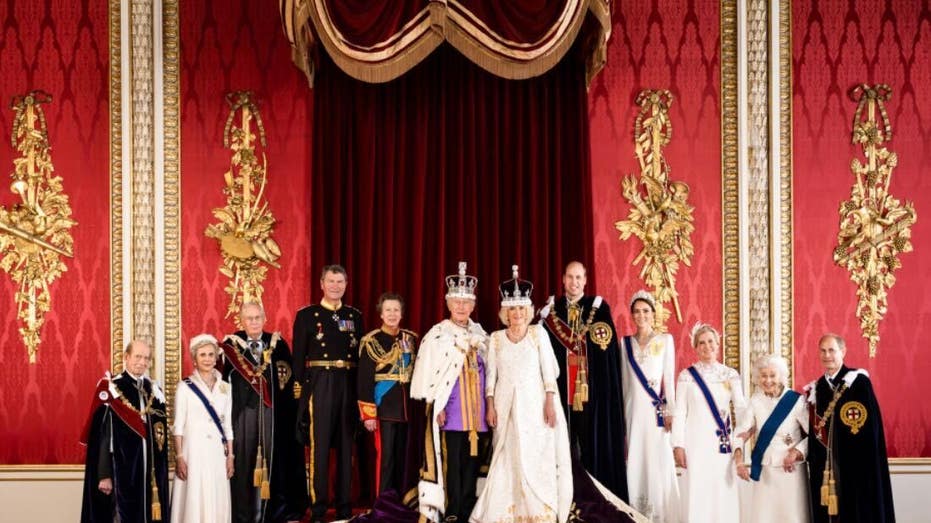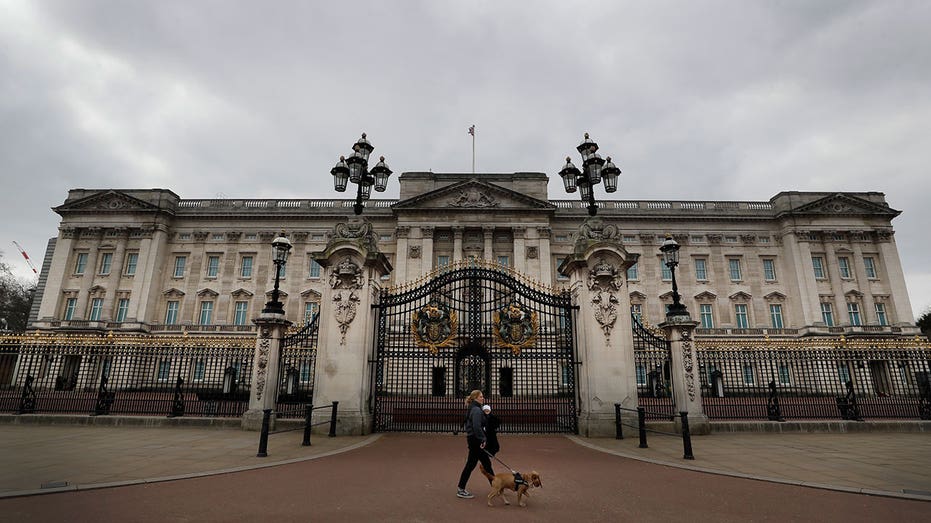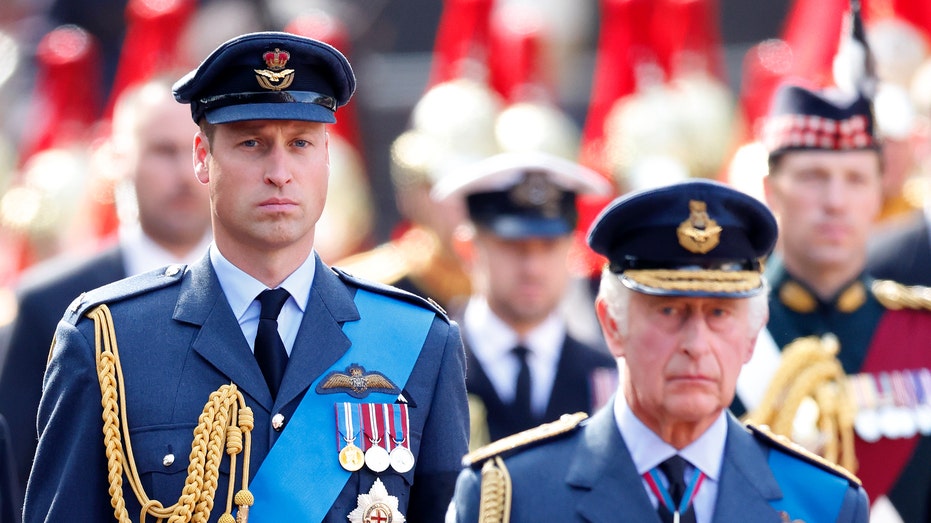Finance
King Charles, royal family’s public funding rate cut by more than half due to $1.3 billion wind farm profits

King Charles III and the royal family’s rate of public funding was cut by more than half due to rising profits generated by offshore wind farms on the Crown Estate.
The U.K. Treasury announced Thursday it will reduce the proportion of the Crown Estate’s net profits received by the royals to 12% next year, down from 25% in recent years.
The amount of money provided to the monarchy through the annual Sovereign Grant will remain the same at £86 million ($111 million). However, the newly adjusted rate will result in the royals receiving £300 million ($386 million) less over the next three years than they would have if the rate had remained at 25%.
Every year, Charles and the royal family receive a Sovereign Grant, which is a payment from the British government used to fund official royal duties.
KING CHARLES CORONATION COULD COST EYE-POPPING AMOUNT
The amount of the Sovereign Grant is calculated from net profits from the Crown Estate, an extensive portfolio of land and properties owned by the reining monarch but run by an independent board, the Crown Estate Commissioners.
The entire surplus revenue from the Crown Estate is given by the board to the Treasury, which then provides a portion of the profits to the royals through the Sovereign Grant.
In 2017, the rate of Crown Estate profits received by the royals was increased from 15% to 25% for a decade to cover costs of refurbishing Buckingham Palace.

In January, the Crown Estate, which also owns most of the coastlines and seabeds around the U.K., announced it had finalized six new wind farm deals that would lead to an annual windfall worth an estimated £1 billion ($1.3 billion).
At the time, Charles expressed his wish that the windfall be used for “wider public good” rather than the monarchy’s official duties.
“In view of the offshore energy windfall, the keeper of the privy purse has written to the prime minister and the chancellor to share the king’s wish that this windfall be directed for wider public good, rather than to the sovereign grant, through an appropriate reduction in the proportion of Crown Estate surplus that funds the sovereign grant,” a statement released by Buckingham Palace said.

Charles is known for championing green energy, but he has also spoken about the ongoing cost-of-living crisis and the pressures faced by millions. The move to reduce his share of the wind farm deal profits would help soften criticism that the royals are out of touch with wider British society.
The monarch and his son, Prince William, also receive private incomes from royal estates known as the Duchies of Lancaster and Cornwall.
The Royal Trustees — British Prime Minister Rishi Sunak, Chancellor Jeremy Hunt and Keeper of the Privy Purse Sir Michael Stevens — conducted a review of royal finances and made the decision to reduce the rate to 12%.

“Cutting the rate to 12% is expected to reduce the Sovereign Grant by £24 million in 2024-25, compared with the rate staying at 25% and over £130 million lower in each of 2025 and 2026. This money will instead be used to fund vital public services for the benefit of the nation,” Hunt said in a statement.
“For almost 300 years, kings and queens have surrendered the profits from the Crown Estate to the British people, and in return the government has provided a fraction of that to properly support the king in undertaking his official duties.
“The new Sovereign Grant rate reflects the unexpected significant increase in the Crown Estate’s net profits from offshore wind developments, while providing enough funding for official business as well as essential property maintenance, including completing the 10-year reservicing of Buckingham Palace.”
The Associated Press contributed to this report.
Read the full article here


















